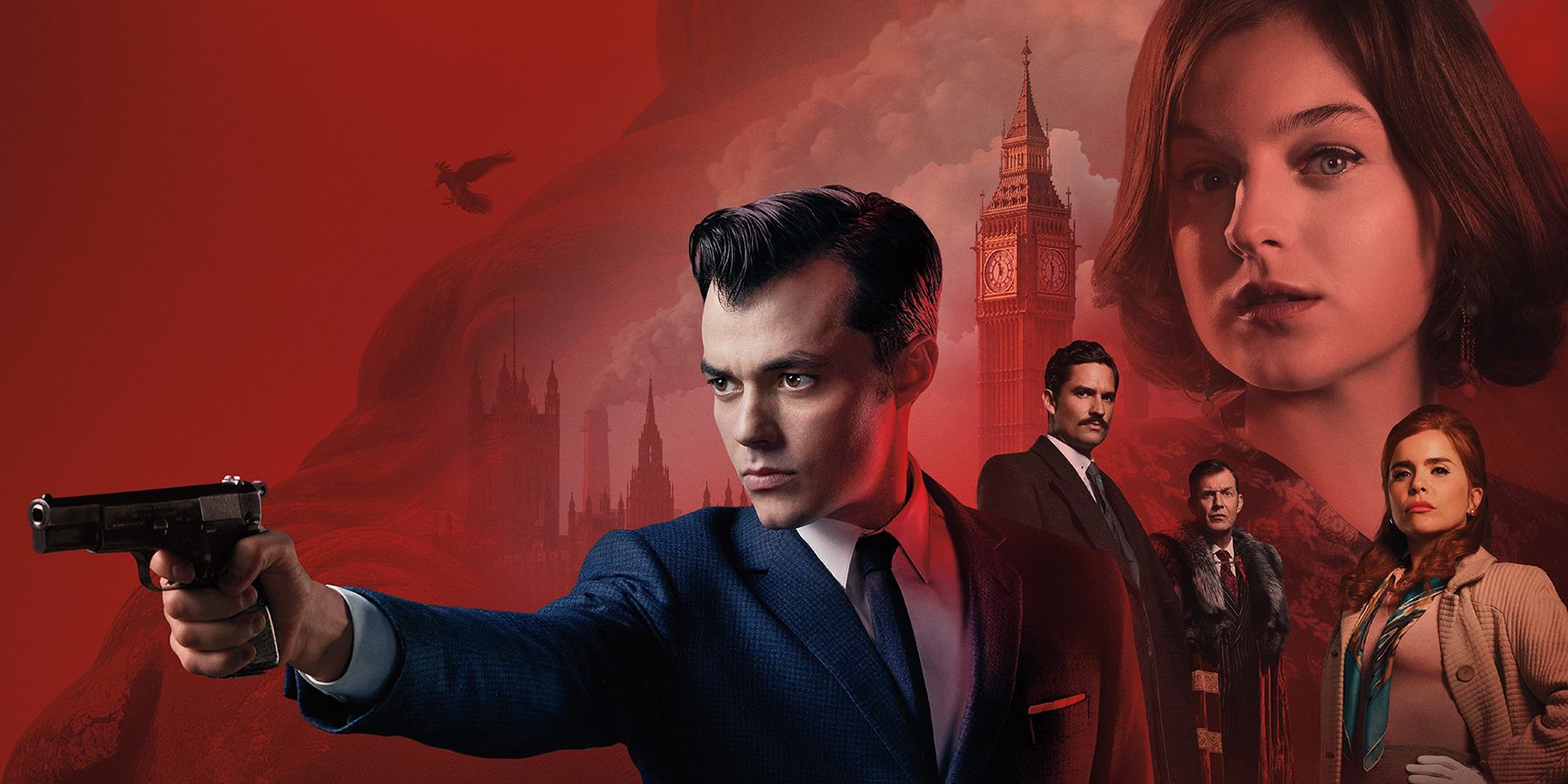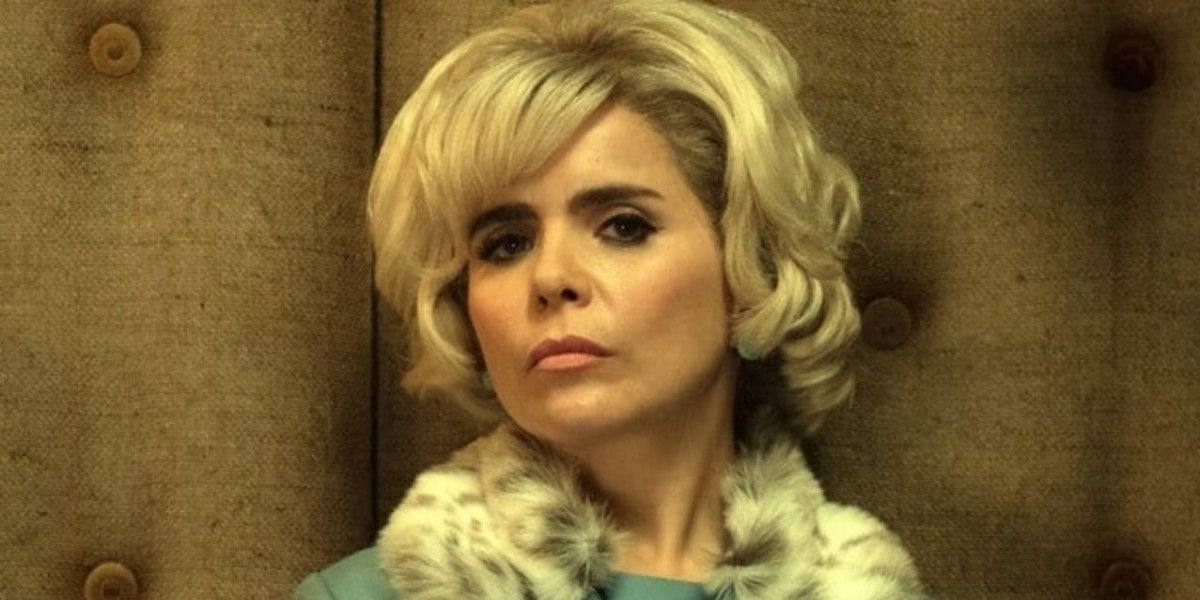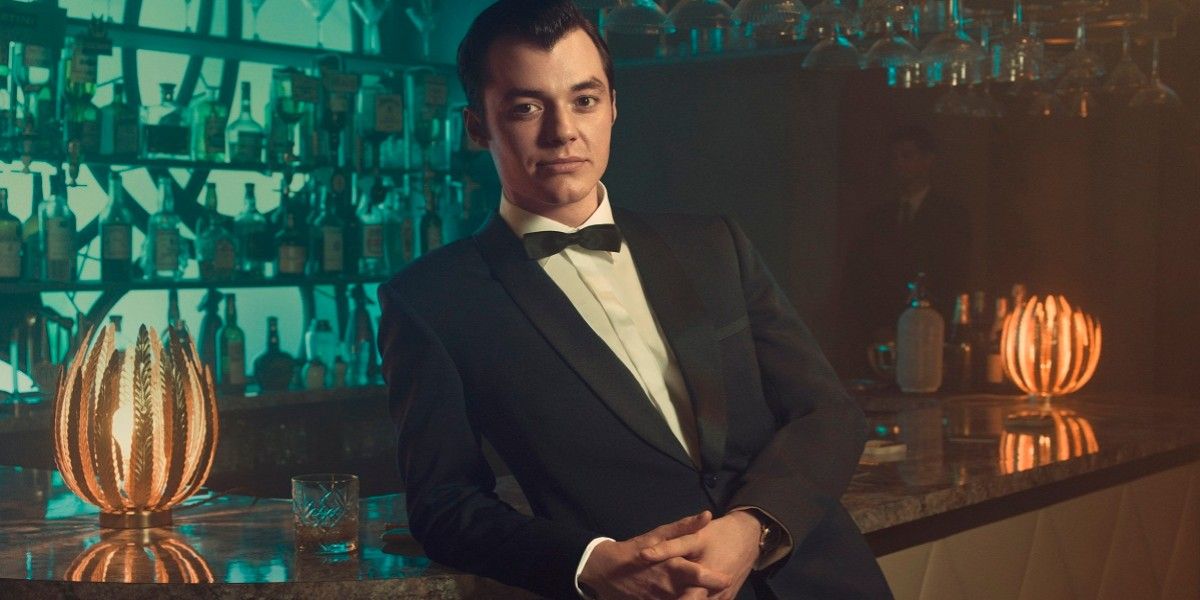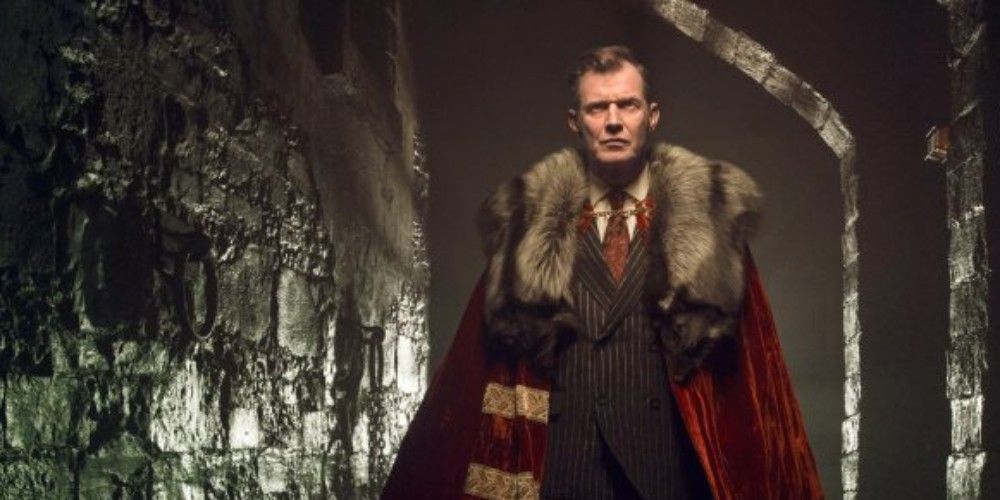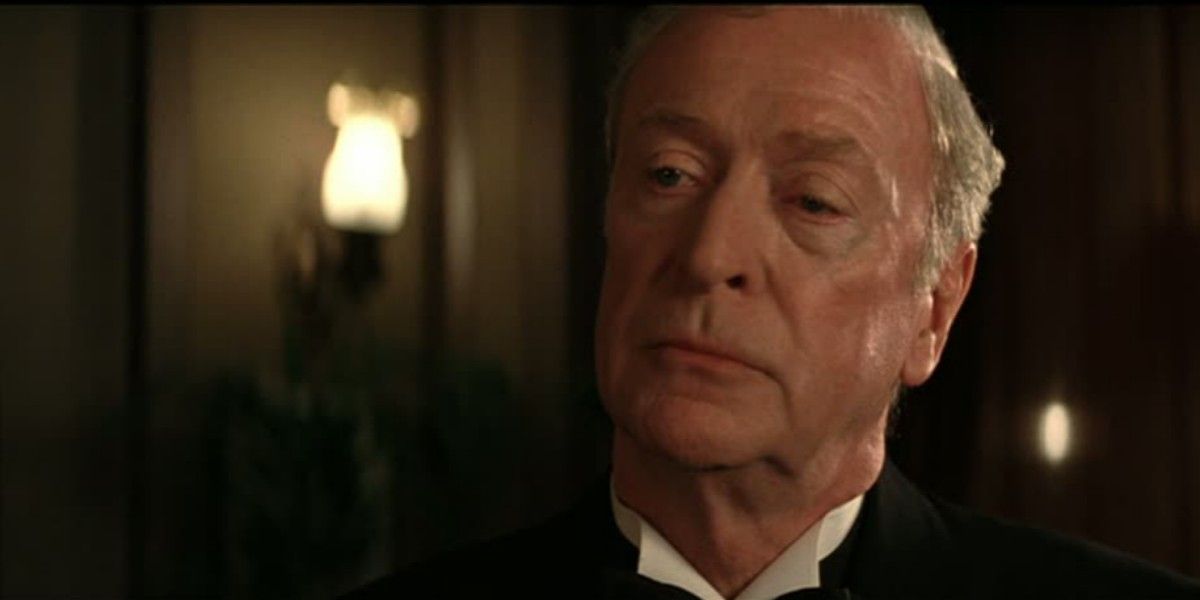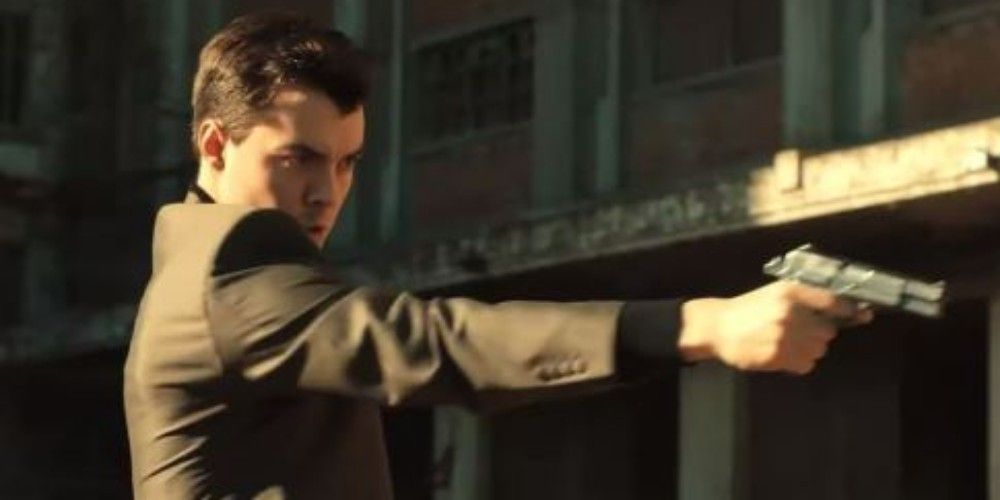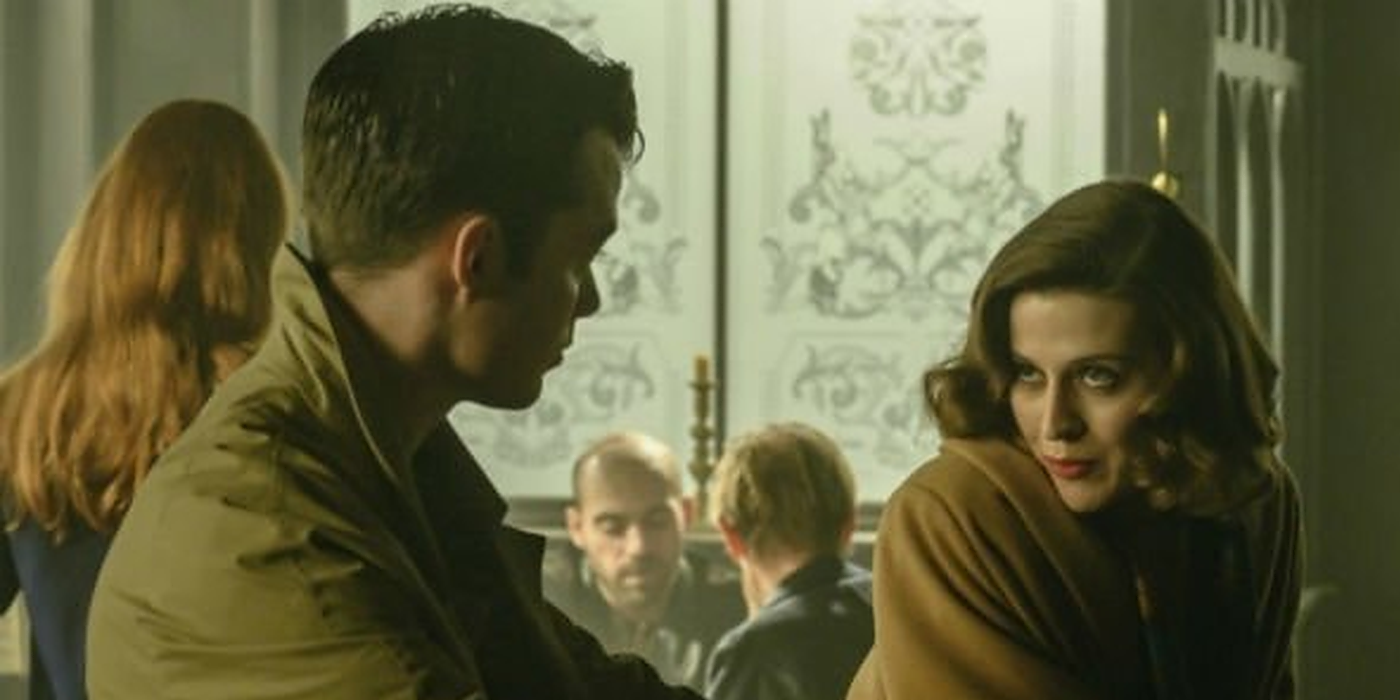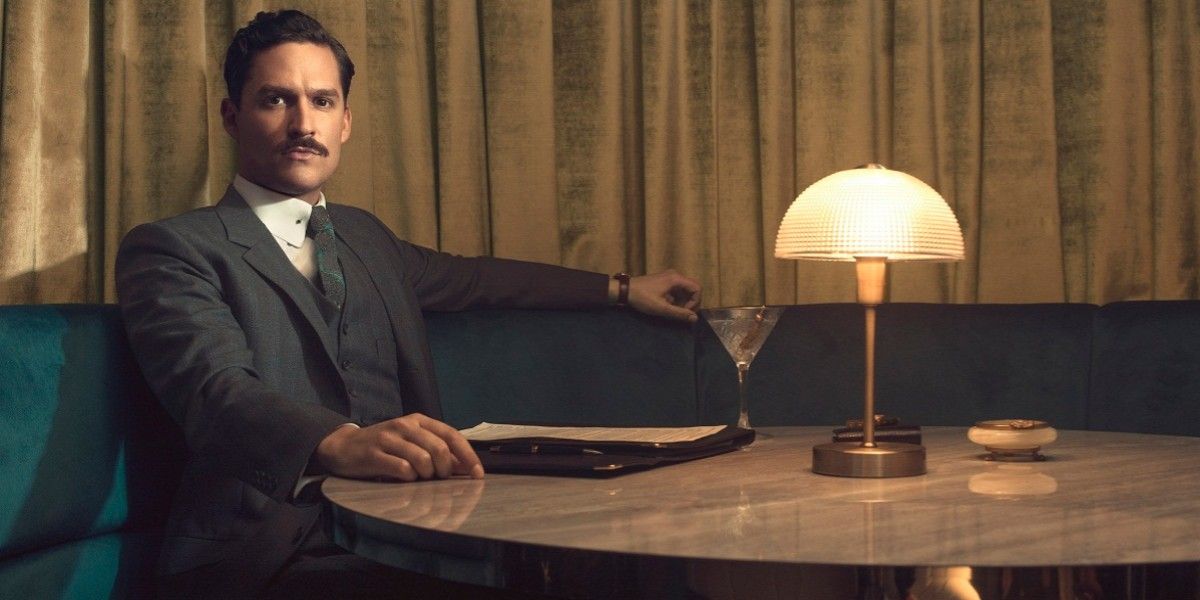In all the on screen iterations of Alfred Pennyworth so far, the indefatigable Wayne family butler has been in his golden years. Even his appearance on Gotham put him in his late 40s, which is a far cry from his days as a member of the SAS. Pennyworth, the debut series that stars the distinguished valet, takes place in the time period just after he's left the British military and as he's starting his own private security company. Jack Bannon's "Alfie" is brash and charming, mixed with a little of Michael Caine and James Bond.
The series, set in London before Alfred goes to work for the Waynes, takes notable cues from the popular series Gotham, most notably with its attention to mood, and letting the city of London play a major part in the plot as Gotham City has always had its own personality. As we follow a young Alfred uncovering the unsavory criminal underbelly of London, there are aspects of the series that diverge favorably from Gotham, and aspects that flounder. Here are 5 reasons why Pennyworth is the better series, and 5 reasons why it's worse. Pennyworth is now streaming on EPIX.
10 DOES BETTER: CAPTURES AN ERA (WITHOUT BEING OVER THE TOP)
Pennyworth drops you in the middle of the "Swingin' Sixties" of England, when The Beatles reigned supreme, there was only one Avengers team anyone was clamoring to watch, and go-go boots were the distinguishing accent to any outfit. The color palate isn't as extreme by any means, but everything from the sharp, tailored suits and mod ties to the British flag-inspired day wear is spot on.
At best, Gotham was in a sort of "Golden Age" of an indistinguishable era, close enough to the sort of stylistic design of a noir fever dream with a nod to the art-deco aesthetic.
9 DOES WORSE: MEMORABLE ANTAGONISTS
The series struggles with finding the right balance between believably maniacal villains and falling into the trap of all-out caricatures. The main antagonist of the series is an Illuminati-like group of myopic patriots known as the Raven Society. Members of the group include a psychotic woman who seems to have left the peroxide in her perm a little too long and a fiendish member of the British aristocracy.
Gotham, while sometimes not going full supervillain with any of its baddies, did pull from Batman's Rogue Gallery to populate Gotham City with plenty of colorful antagonists. The Riddler, Penguin, and even The Joker all were portrayed as their larger than life selves.
8 DOES BETTER: HAS A UNIQUE STYLE
With so many superhero series available nowadays, it's hard to stand apart. A series has to have a strong cast, good writing, and a unique look to hook audiences these days. It can't be all red underwear and blue capes. Pennyworth has its own aesthetic, very much like a sort dystopian London ala V for Vendetta, with a little steampunk thrown in.
Gotham had its own style in that it relied on its association with being "Batman adjacent". Gotham City was appropriately dark, with occasional sunlight filtering through the windows of Wayne Manor and the Gotham City PD squad room. However, there was no unique "look" that it could claim as something to separate itself from other series.
7 DOES WORSE: SUPERVILLAINS
It feels weird to not have supervillains in world full of superheroes. Perhaps it's because Alfred is not a superhero himself or that the series so far has little connection to Gotham City or the Caped Crusader yet, but the lack of recognizable villains just feels off.
They trot out certain pretenders like Lord Harwood, the leader of the Raven Society, in all his red-velvet cloaked glory. They even introduce "John the Ripper", a prominent White Chapel aristocrat who enjoys flaying bodies in his spare time. But they all become laughable caricatures when they actually try to take themselves seriously.
6 DOES BETTER: FOLLOWS THE NOLAN TRILOGY OF BATMAN FILMS
The Nolan Trilogy of Batman films is considered by some Batman fans to be the definite telling of the Dark Knight's story. They're terrific action films, full of top-notch acting, special effects, and moody storytelling. They established a certain visceral quality to Alfred Pennyworth that the Wayne family butler did not have before, having often been portrayed as an elderly gentleman.
Gotham wasn't exactly meant to follow the timeline or the story that Christopher Nolan had laid out in his trilogy, making it a sort of free agent in the Batman canon. It could ostensibly connect up to any Batman origins, which helped to make it timeless.
5 DOES WORSE: VIOLENCE
There's plenty of violence in both Gotham and Pennyworth. In Gotham, the violence serves a purpose to further the story. It may be outlandish or be seen as over-the-top, but it's in a very flashy way that tries to combine a "comic book" approach with realism.
The violence in Pennyworth is overt, gruesome to the point of shocking, and for for its own sake. There are public executions, in which large crowds attend to watch felons hang as well as get disemboweled with a giant axe. There's also tons of torture, by both the police and the criminals. Pennyworth is showing a violent side of London, almost mirroring Gotham City prior to Batman, in an effort to warrant Alfred's presence.
4 DOES BETTER: ALFRED PENNYWORTH
This version of Alfred Pennyworth is both cheeky and charming, as well as cold and calculating. He's completely believable as "Alfie" the affable nightclub bouncer, and as "Alfred" the former SAS agent that breaks backs all in a day's work. He seamlessly transitions between the two aspects of his persona, and even acknowledges the PTSD that creeps in from the constant shift forced in his line of work.
The Alfred of Gotham was by no means a poor iteration of the character. He was rugged and capable, spending his afternoons teaching a young Master Bruce how to keep his dukes up in a boxing lesson and at the same time was helping Jim Gordon clean up Gotham's criminal underbelly. But he simply couldn't be as fleshed out without his own series.
3 DOES WORSE: PLOT
Pennyworth plays out more like a mini-series with a very cinematic tone. There are several plots introduced, but they are quickly resolved in order to show character development. This gives it a pedantic feel, like it's leading up to something important. We know what that is; Alfred entering Thomas Wayne's employ and moving to America.
While Gotham told a similar yarn, with the lead up to Batman's final appearance being the main attraction, it still had plenty of plot lines unfolding beforehand. So many, in fact, that it got crowded after several seasons. But there was never lack of exciting avenues to explore with each new nemesis that cropped up.
2 DOES BETTER: PUTS SUPPORTING CHARACTERS IN THE SPOTLIGHT
There are certain characters surrounding the Batman mythos that have always been supporting players, there to prop up Batman's mystique, provide him an origin/background story, and flesh out his character arc. But what about the stories of all those supporting characters? That's where Pennyworth comes in.
Characters like Thomas Wayne have always been peripheral figures in the Batman canon (save for a few key comic series where he gets his own time in the limelight). Even on Gotham, Thomas Wayne's character was still in service to Bruce Wayne's. Here we see him a man-about-town, a financial forensic analyst, and not much older than Alfred. It's a treat to see these two raconteurs get into mischief together like a couple of Hardy Boys.
1 DOES WORSE: DRAMATIC TENSION
Pennyworth often rests on its laurels. You as a viewer will either care enough to want to find out how Alfred becomes employed by Thomas Wayne, and by proxy Batman, or you won't. So it develops its tension like a slow burn, and despite having a '60s spy vibe, it has very little suspense.
Gotham on the other hand, had a lot of excitement. It might be because it's inherently American with its humor and candor, whereas Pennyworth takes its cue from more buttoned-down, subtle British fare. Pennyworth remains intriguing, but never rises to heroic heights of exhilaration.

